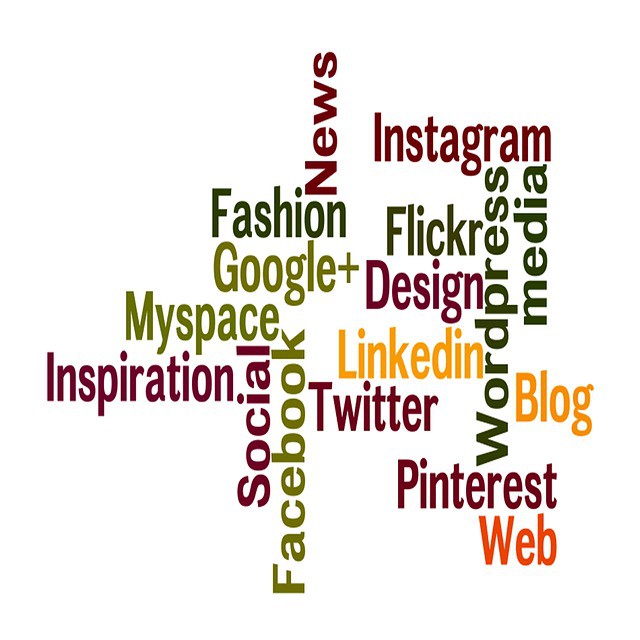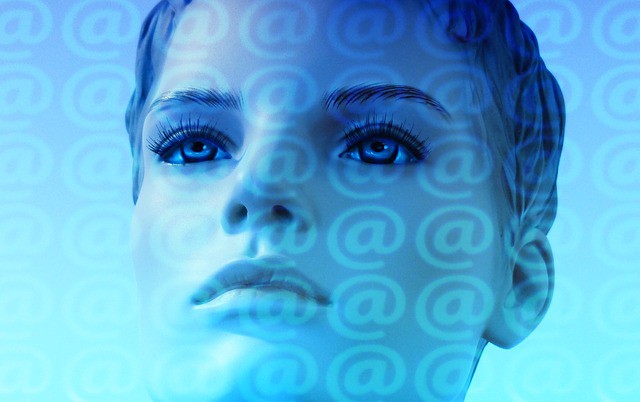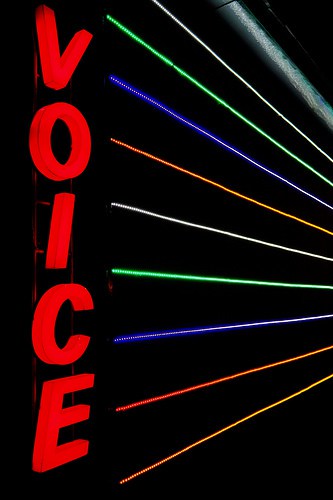Greed is a human trait, and maybe we’d like to ignore it because it’s not very pretty, but it is a fact of life. People do get greedy and when they do, they tend to lose all sense of logic. That’s actually a pretty good time to use this human weakness to help you trigger the impulse to buy your products.
In sales, greed isn’t just about charging people the most money you can get out of them, although that is definitely one aspect that marketers use. It’s also about providing the trigger so that your buyer believes they are getting a steal, either because of a price differential or the cost versus benefits preview. It’s a great way not just to make one sale, but to close on a variety of items.
Closeout and bargain hunting are a form of greed even though it’s viewed as frugality. It all depends on if the buyer is buying bargains because that’s what they practically need in their lives or whether the impulse to buy is spurred more by overactive greed glands that can’t turn down anything resembling a steal of a deal. So, placing these types of deals on your website can help you start to develop a sales strategy that attracts a wide range of buyers.
The Sales Strategies
It may surprise you to know that the disposable income level of your sales prospects actually define what a good deal is, not the actual value of the product or service you are offering. That’s because greed is relative to your economic prosperity, even though high income earners are not immune to greed, it just takes a slightly different form.
For instance, when you are trying to sell an item that might be worth $60 to a very rich client, you might want to up the price to $100, and highlight the features and quality of the product, and see if they bite. The reason for this isn’t just your own greed, but also the understanding that price to value is relative based on your disposable income.
For someone making over $100,000/year, an extra $40 is not seen as a lot of money and they may be used to paying higher prices due to the markets they shop. They might not even question the price. However, they will assuredly question the quality and want to make sure that the purchase reflects their status in life. The greed here is more about status than money.
On the other hand, if you were to do the same with a person making less than $25,000/year that $100 set point may be enough for them to do some comparison shopping and they’ll pretty soon find out that they can buy the same item from your competitor for $40 less. You not only lose the sale, but you lose future sales too from that customer. So, using greed to price your products is tricky. You have to understand your target demographic, and specifically the income level of most of your customers. Then, you can price accordingly.
If you are not sure of the income level, you can always start using this strategy by offering a more expensive option first and then presenting a much less expensive option second. The difference in prices and a clear explanation of the differences in features can be enough to make the greed glands in any demographic start to salivate. It appeals to the high income earners because it triggers their status greed in elevating the higher priced item as the “must have” product, not just because of additional features, but precisely because it is more expensive. It triggers the lower end crowd because the less expensive option will be seen to be a minor sacrifice in features for a large reduction in cost.




